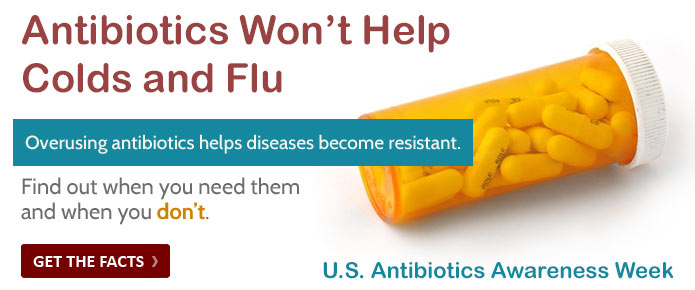
ON THIS PAGE
Surveillance
- Emergency Department Syndromic Surveillance Reports: Syndromic surveillance reports are submitted monthly to the CDC for all drug, opioid, heroin and stimulant nonfatal overdoses.
- Hospital Discharge Data Set Reports: Hospital data is submitted quarterly to the CDC for all drug, opioid, heroin, and stimulant nonfatal overdoses. View reports
- Overdose reporting: The State Unintentional Drug Overdose Reporting System (SUDORS) collects and links data on all unintentional and undetermined intent overdose deaths occurring in Mississippi. The system combines information from death certificates, medical examiner records and toxicology reports. View reports
- Biospatial data: Mississippi adopted an integrated biospatial platform that uses both emergency department (ED) and emergency medical services (EMS) syndromic surveillance data to track overdose occurrences and to aid in planning and response efforts.
- Overdose alerts: The Mississippi Surveillance Overdose System (MS-SOS) integrates ED and EMS syndromic surveillance data to generate overdose spike alerts. Rapid Alert Reports are produced by collaboration with the Gulf Coast High Intensity Drug Trafficking Area (HIDTA) and MSDH as part of the Overdose Response Strategy (ORS). View reports
Prevention
Professional Training
More than 440 healthcare professionals received training from the Opioid and Substance Use Disorder program in FY 2023. Training topics center on:
- Understanding Mississippi's opioid crisis
- Stigma reduction
- Mississippi opioid prescribing regulations
- Clinical care of pregnant women with substance use disorders and their newborns
- Screening, Brief Intervention, and Referral to Treatment (SBIRT)
Public Awareness
A comprehensive, multi-agency, coordinated public education campaign, "Make Mississippi OD Free" promoted a new, centralized website with the most current and authoritative information on risks related to the opioid epidemic, and prospective solutions to this ongoing crisis. In partnership with the Mississippi Opioid and Heroin Data Collaborative, the campaign provided the website, coordinated social media and digital advertising, tv and radio advertising, and print materials.
Naloxone
Mississippians can now request naloxone without a prescription simply by completing an online form. MSDH Pharmacy staff will dispense a naloxone kit under the current state naloxone standing order, and ship the kit directly to the requesting individual. Educational material accompanies each kit, covering how to recognize an overdose, what to do if you encounter someone experiencing an overdose, and how to administer naloxone. Kits also include a drug deactivation and disposal system (when available) along with information on how to access treatment, prevention and recovery resources.
Treatment
The MSDH Medications for Substance Use Disorders (MSUD) program is now available for Mississippians through our network of county health departments. Remember, if you lack transportation, we offer free rides to appointments.
- Request an appointmentFor individuals or healthcare provider referrals
Policy
In 2024, House Bills 1137 and 1068 both were passed and signed into law. HB 1137 allows community organizations and locations in high risk opioid overdose areas to store, possess and distribute naloxone, which should aid in harm reduction efforts in the state. HB 1068 also was signed into law and requires county medical examiners to enter all drug-related information electronically, which should aid in MSDH surveillance and provide information in a more timely manner.
Future Plans
- Enhancement of the Surveillance Overdose System: Spike alert data, determined utilizing real-time emergency department (ED) and emergency medical services (EMS) syndromic surveillance data, will be received through the Mississippi Surveillance Overdose System (MS-SOS) and analyzed by MSDH epidemiologists. Upon verification of the alert, the state-level Overdose Quick Response Team is then mobilized for community-based intervention.
- Development of a state-level overdose spike response framework to guide transportable response units in rapid local response efforts, and to increase access to Medications for Opioid Use Disorder (MOUD) for under-insured and uninsured Mississippians.
- Expanded Medications for Opioid Use Disorder (MOUD): Increased outreach and engagement strategies to increase enrollment and retention in MOUD for diverse populations at risk for opioid use disorder. Services will be conducted face-to-face and via telehealth.
- Centers of Excellence in Opioid Use Disorder: Development of CoE criteria to help promote effective physical and behavioral health care for patients with an opioid use disorder, and expand access to medication-assisted treatment (MAT).
- EMS-Led Naloxone Leave-Behind Kits: Train ambulance service providers to provide Leave-Behind Naloxone (LBN) overdose kits in a suspected opioid overdose situation. Credentialed service providers will offer a kit on the scene with the patient or bystanders; kits include naloxone doses and information on treatment, recovery assistance, and social services.
- Community-Based Care Management (CBCM) teams: CBCM teams will provide follow-up care for patients receiving naloxone. This includes addiction and treatment education; facilitates warm hand-offs to treatment providers; motivation of clients to sustain engagement; helping clients secure stable housing and employment; and helping re-establish interpersonal relationships.

